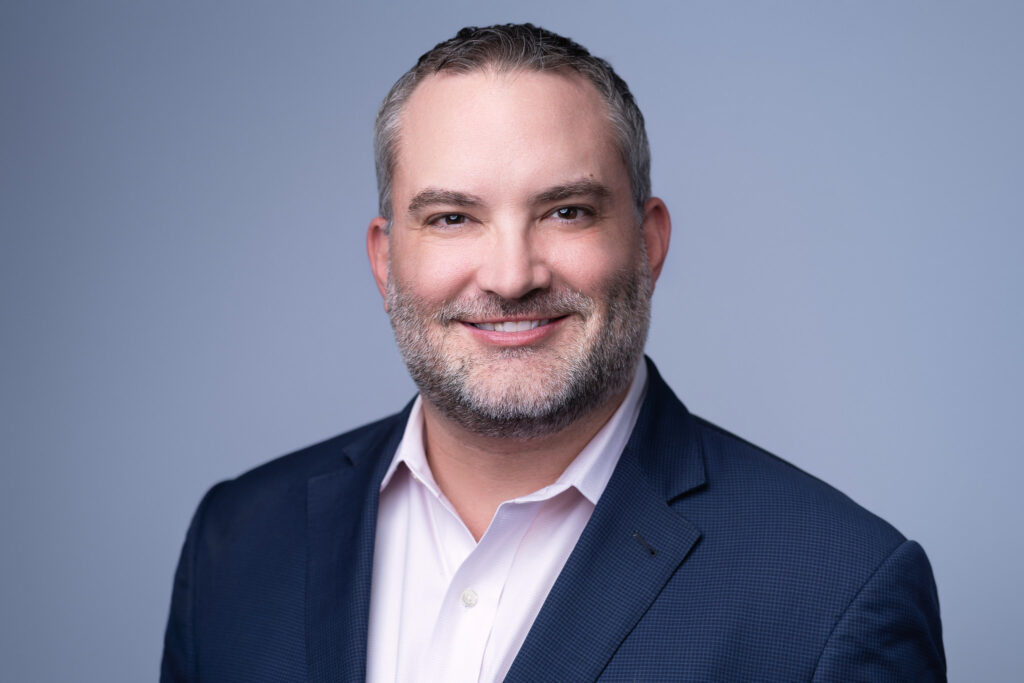
The Book of Business Rep – How to Navigate Growth Through Experienced Reps
By David Farache
July 31, 2024
Treatment centers have a difficult decision to make as they build out their Outreach team. Do they hire somebody with little to no experience but have the skills, attributes, and character that matches what their program exudes and allow them a ramp up time within the role, or do they go looking for an experienced Outreach Rep that brings with them a book of business (a BOB rep)? This is a challenge because both options have their pros and cons, and the reality is both options can be effective when used as part of a greater strategy. However, empirically a pattern tends to arise when treatment centers choose the second option – a rep with a BOB rep. This pattern, and stop me if you’ve heard it before, is that a treatment center hires a rep that promises them loads of admissions because of their relationships, months go by with much less production than promised, that rep turns over, and then the process is started up again.
That cycle creates a lot of challenges. On the surface, it’s easy to see how referral partners in the community can become weary of said treatment center as their Outreach team continually turns over. It creates a known but difficult to define barrier to success in the referral market. Second, it creates an environment where talented reps don’t want to work there. If you’re a rep that has had a respected seasoned career then you’re not going to be too excited to work at a program with a reputation for turnover. Recruiting talent in this competitive market is hard enough, and repeatedly turning over reps makes the task that much more challenging. Finally, the soft costs of this loss are a killer. On top of the lost revenue from lost business, an increase in Outreach team turnover from 10% to 30% can cost a treatment center upwards of $200,000 just in soft costs. That money even moderately reinvested in patient acquisition should easily yield $1,000,000 in top line revenue.
So if these are the negatives, why do programs continue to do it? Simply, many programs have to. Running a treatment center is expensive. Rent, utilities, labor, etc all really add up, and with reimbursements declining in many markets by many payers the need to jump start revenue generation is paramount. Still, if your program is in this situation there are ways of hiring the BOB rep but also doing that in a way that increases the probability of success.
Interview for the behaviors and not the outcomes.
If you’re hiring a book of business rep then you’ve already seen their resume. It should show some level of repeated production throughout their last stint(s) at other treatment centers. So put that aside and find out how that BOB rep got that success. Did they inherit a productive territory that they had to manage or did they have to build up their business from scratch. Have they only produced for INN only local detoxes while your program is OON out of state residential – if so, how do they plan on translating that experience? How do they plan their week and what do they consider a successful week of activities? All these things, and so many others to look for, should expose if it was the reps’ behaviors that resulted in growing business (which they can replicate with you) or if it was external influences that mattered more (which they can’t take with them). Most reps have a little of both, and it’s up to the treatment center to decide what they’re willing to accept moving forward.
Have a process to ensure this new person is a culture fit.
Remember, Outreach representatives are a local face to your treatment center. Who they are, how they conduct themselves, and of course their ethics are all a representation of your program. If you look around the country at the reps who’ve had the longest tenure at their program you’ll notice one thing every time – they’re a perfect culture fit for their program. Just like addiction treatment, when all things are equal the longer you stay engaged the better outcomes you get. Reps at a program are no different, and if it’s not a good culture fit you’re going to see turnover that actively stunts your growth.
Do the math before hiring.
A book of business rep can often come in asking for a high salary. Paying a lot of money for a rep isn’t bad by itself, but understand how that spend affects your budget and what amount of revenue you truly need from them to break even. For healthcare it's not uncommon for 9-14% of the gross revenue of a company to be spent on revenue generation. So before spending $100,000 on that experienced rep (plus taxes, insurance, T&E, etc) be sure you feel comfortable that there is a path to them generating $700,000-$900,000 their first year. If that path doesn’t comfortably exist and you hire them anyway it’s a recipe for turnover. So instead consider variable comp plans. Obviously don’t pay for admissions because that’s illegal, but figure out how to create an enticing plan that has lower salary (lower risk for you) and can compensate the rep for when they exceed targets. If you’re unfamiliar with how to do that there are good resources available that can help you navigate.
So is a Book of Business Rep Right for Your Treatment Center?
While the allure of immediate patient flow through a BOB rep can be tempting, it's essential to approach this decision with a strategic mindset. Patient acquisition should be set up as a harmonious ecosystem, and the type of Outreach rep that you bring in needs to fit into that ecosystem properly. Lions and sharks are both great hunters, but they wouldn’t do well in each other’s ecosystem. The same truly goes for an Outreach team. The good news is that there is no one size fits all approach to patient acquisition, and the right approach to one center could look completely different than another. Hopefully focusing on the above suggestions will assist in deciding that direction for your program whether you bring in somebody who has potential and train them up to greatness or hire greatness and bring them into your culture.
About Steve Donai

Steve Donai, founder of Growth Sherpa Consulting, is a business development executive with more than two decades of successful sales and leadership experience. His career working in behavioral healthcare fulfilled a passion for using his sales knowledge to make a positive impact on the patients and families trusting the company he served.
With more than a decade of behavioral healthcare-focused experience, generation of over $250 million of revenue, oversight to 14,000+ admissions, and the development of dozens of leaders within the behavioral health space Steve decide to create Growth Sherpa to offer his unique coaching and professional development methods to assist business development leaders.
Growth Sherpa is different because of the understanding and purpose-driven approach to the challenges programs face. We will partner alongside your leaders to find solutions so programs can focus on what is most important — providing excellent patient care.
With this purpose, Steve has put together a team of behavioral healthcare professionals at each level of your patient acquisition operations. So whether you need a staff level employee to put together a prospect list in a new market, a sales director to oversee your outreach team, or an executive leader to work directly with leadership to ensure all parts of the revenue generation ecosystem are working in harmony Growth Sherpa will have the bespoke plan created for your organization.

